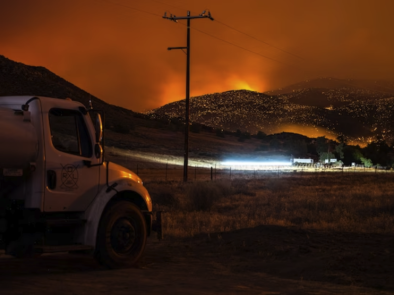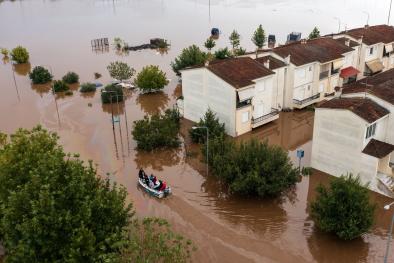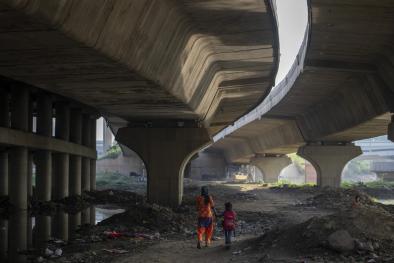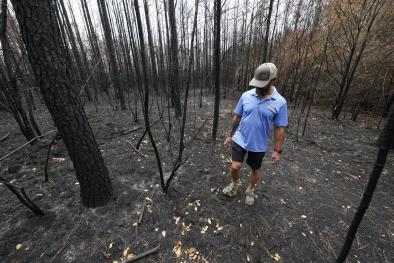Science Source
Forest Harvest Can Increase Subsequent Forest Fire Severity
- States that the USDA Forest Service is progressing from a land management strategy oriented around timber extraction towards one oriented around maintaining healthy forested lands
- States that the healthy Forest Initiative promotes the idea of broadscale forest thinning and fuel treatments as an effective means for mitigating hazardous fuel conditions and, by extension, fire risk
- States that forest thinning and other fuel treatment strategies can take many different forms, some of which can do more harm than good when considered with other factors that influence wildfire behavior, such as weather and terrain
- States that harvesting timber does not translate simply into reducing fire risk
- Concludes—given the stochastic nature of fire weather events, and the complex terrain of most forested landscapes in the western USA—applying a variety of forest thinning and fuel treatment operations towards the goal of maintaining a diverse forest habitat mosaic, also constitutes a sensible fire risk mitigation strategy
Related Content
Headline

Nov 17, 2023 | Climate Nexus Hot News
Utility Responsible For Wildfire, CA Report Says
Headline

Oct 26, 2023 | Climate Nexus Hot News
The Planet is ‘Under Siege,’ Scientists Say
Headline

Oct 11, 2023 | Climate Nexus Hot News
Climate Change Forcing Children to Move
Headline

Sep 20, 2023 | AP
In a state used to hurricanes and flooding, Louisiana is battling an unprecedented wildfire season


